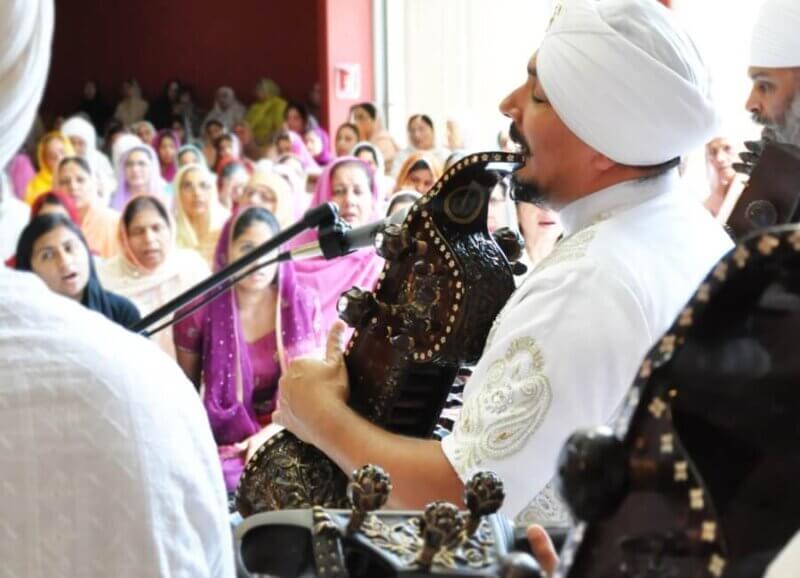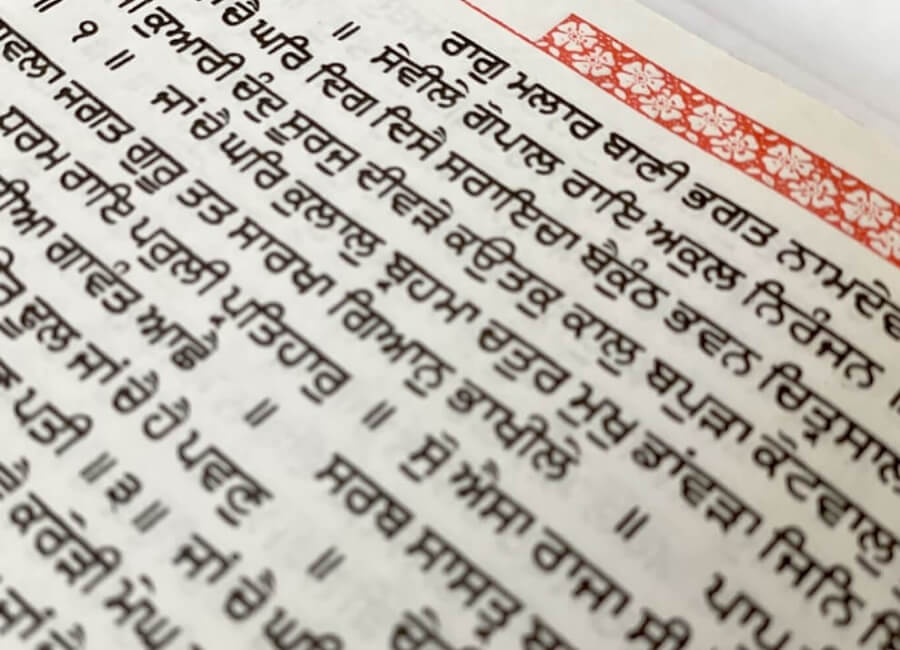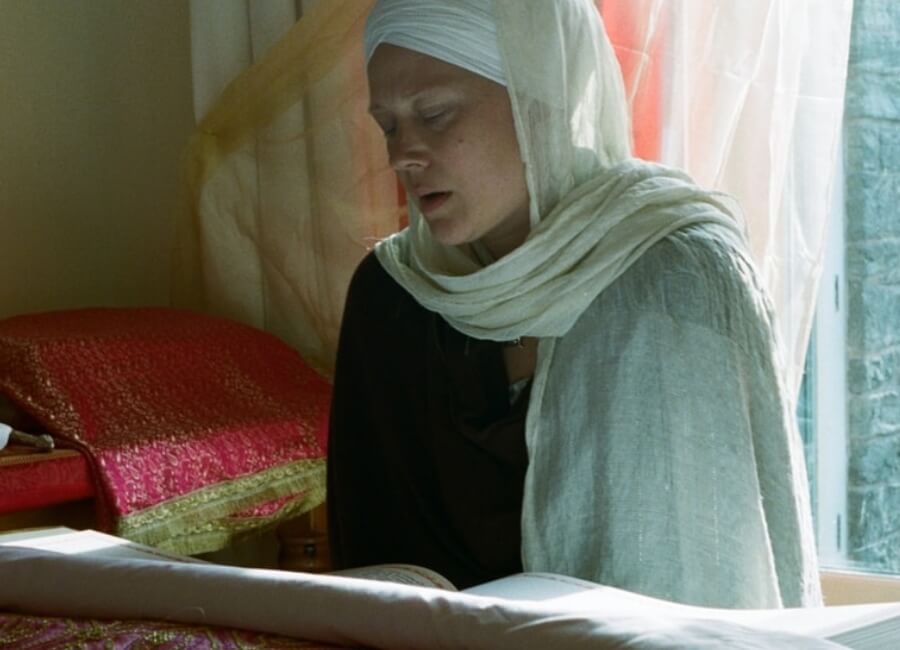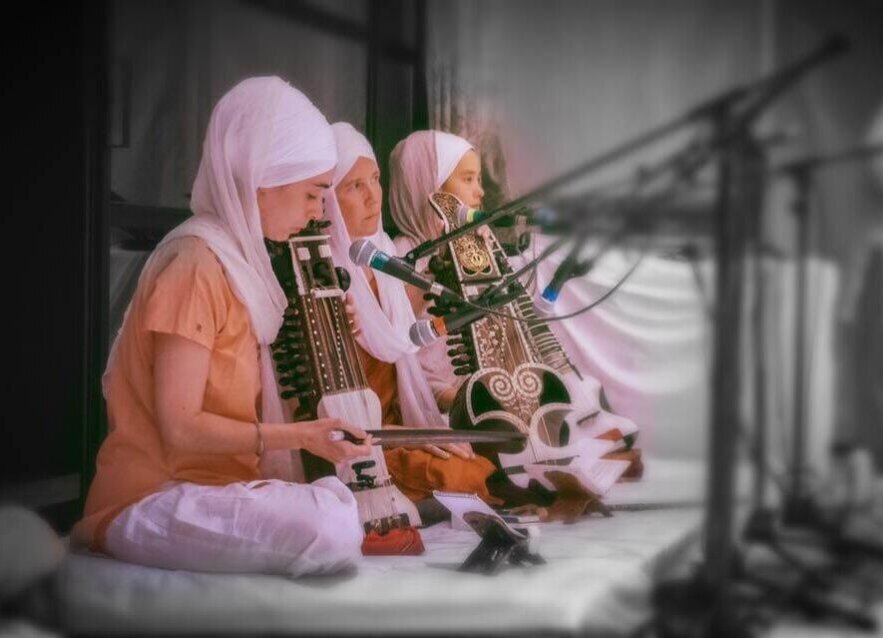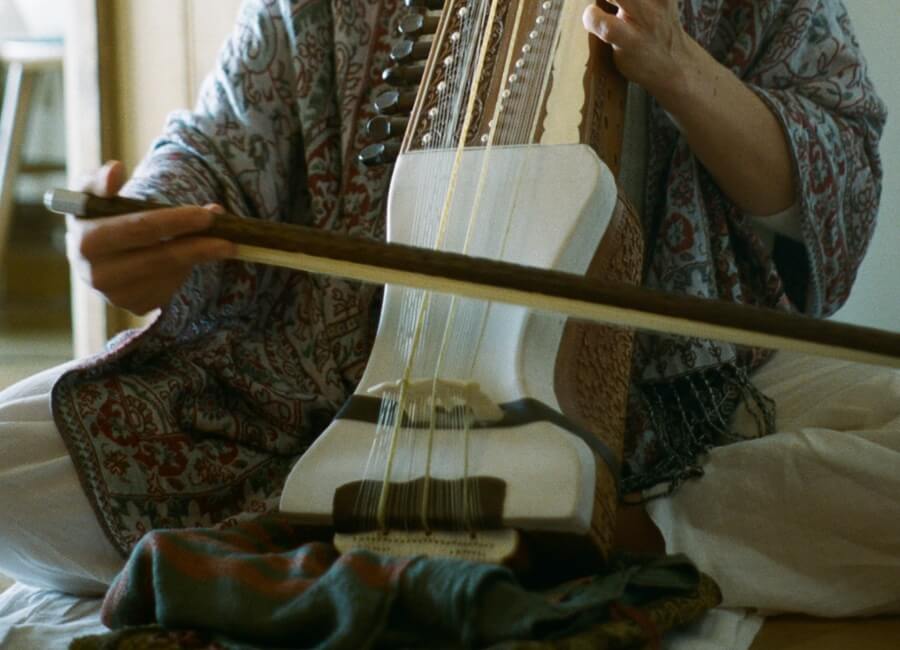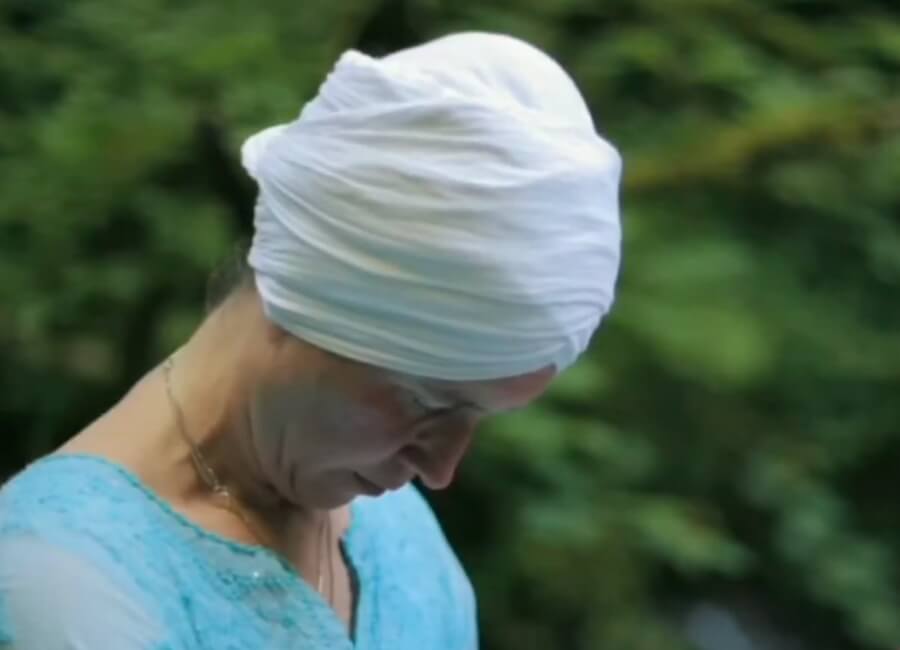A traditional Sikh Music performance or recital in Sikh Gurbani music has four stages:
- SHAAN
- MANGLACHARAN
- SHABAD TITLE
- SHABAD (from RAHAO)
First of all, a “recital” is a musical (vocal or instrumental) performance. It can highlight a single performer, sometimes accompanied by a musical instrument, or a performance of the works of a single composer. A Sikh Music recital is a performance by an individual or a group following the four stages mentioned above, in the order specified. Further brief descriptions of these stages are below:
1. Shaan
This is the instrumental opening or the introduction at the start of the recital. It is played in the same raag as the raag of the first shabad to be recited. This opening therefore not only introduces the raag but also sets the scene or the mood for the performance to follow. This phase of the recital usually lasts for three or four minutes.
2. Manglacharan
Manglacharan in Gurbani appears at the beginning of every Bani. There are different types of Manglacharan. Manglacharans are written in reverence of the Creator. Many Ragis sing Manglacharan before starting Kirtan, but it must be remembered that Manglacharans are always read, sung or written at the beginning and never at the end. Manglacharan has two meanings:
- Manglachaar – a customary praise
- Praise of the Creator Lord that appears at beginning of the text\
Manglacharan can be preceded by “Sat(e) Naam(u) Vaheguroo”, with Manglacharan then recited starting from “Ek OnKar” and ending with “Gurprsaad”. This is a neutral Manglacharan which can be used at the beginning of any Gurmat Sangeet recital; however when a Manglacharan is present in the shabad title then we must use the assigned one.
A new trend has evolved where the singing of “Dandhot” has taken the position of the Manglacharan. The shabad “Dhandot bandan anik baar”, which we now commonly hear sung by many Ragis, is a Salok written in Raag Gauri in the chapter of ‘Baavan Akhree’ by Guru Arjan. It is not permitted to use this Salok as we please and sing it in different raags: it should be sung as part of ‘Baavan Akhree’ in its assigned Raag of Gauri.
3. Shabad title
During this stage the performer will introduce the Shabad to be performed, making specific reference to the following:
- The Raag – the name of the raag in which the shabad is composed
- Mhalla – i.e. making reference to the Sikh Guru who wrote and composed the shabad
- Highlighting any particular musical based instructions e.g. Partaal etc.
- Ghar – refers to tone, not rhythm, and is a specific and detailed assignment of an emotional signature which has an overall impact on the meaning of the shabad
4. Shabad
“Shabad”, according to the book Guru Granth Sahib – An Introduction Study, is a divine song. A Shabad in Guru Granth Sahib may consist of 1, 2-6, 8 or 16 sections, paras or parts called padas. A pada may consist of 1-5 verses or lines called “tukas”.
These padas may be formed as follows:
- Ek - tuka (one line) pada
- Do - tuka (two line) pada
- Ti - tuka (three line) pada
- Chau - tuka (four line) pada
A line may consist of a short tuk or a long tuk with a break or pause indicated by “II”. Considering now “rahao” (or pause): this is the equivalent of a chorus, as well as the main point of contemplation – this is where the Shabad is started from. In Siri Guru Granth Sahib, this is a special word denoting a verse that has been used in almost all shabads composed in musical measure. The rahao can be called the theme verse in the composition. Unlike padas or stanzas which are numbered or counted, rahao verses are not numbered in a Shabad composition. It must be noted that the word “rahao” is pronounced when reading aloud the words in the verses, but when singing the Shabad, the word “rahao” is not sung during the Shabad recital.
Conclusion
Neither the singer nor the singing style nor the instruments should dominate in a Sikh Music recital, as the focus, priority and dominance belong to the Shabad. The singing of sargam taans and extensive alaaps showing the vocal ability of the singer are not part of Sikh Music. “Bolh alaaps” where a tuk of the Shabad is sung as an alaap within the Shabad is permitted. However, the singing of “parmaans” (tuks from other shabads) is also not permitted.
The overall objective when singing Sikh Music is to keep the focus during the entire performance on the Shabad, where the Shabad can be understood and experienced without the need of translation. This is known as “Shabad Pardhaan”: this is the ultimate responsibility of any raagi, and means following the instructions set out clearly in the title, including singing the allocated Shabad in the specified raag, as well as applying any other instructions such as Ghar, Partaal, Vaar etc.
